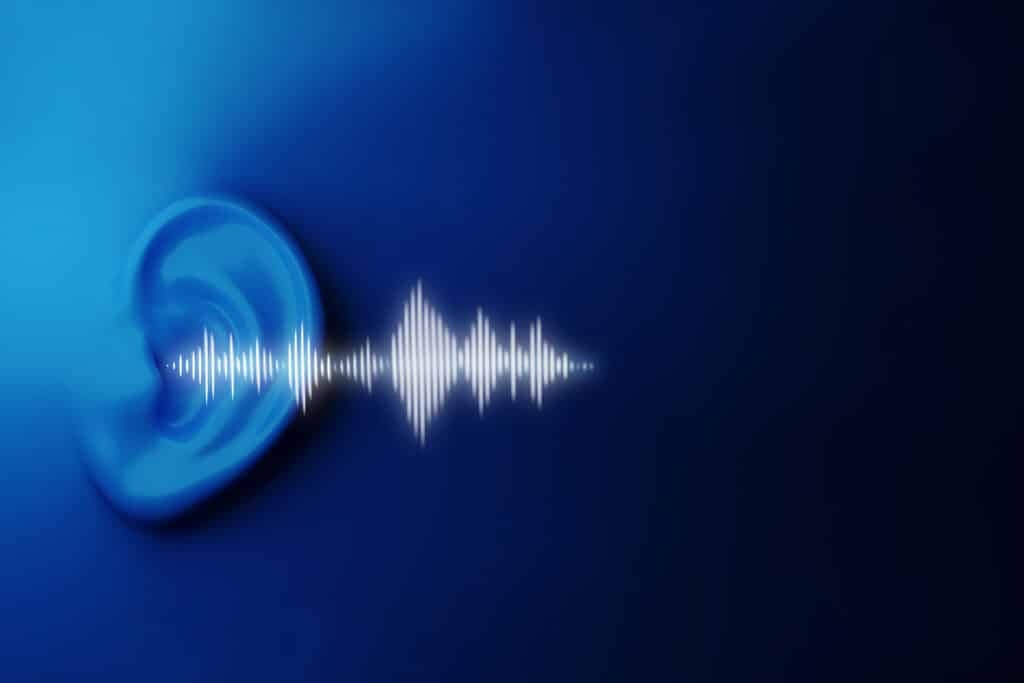
As podcasting continues to push creative boundaries, one innovation is capturing the attention of producers and listeners alike: spatial audio. This immersive audio technique creates a 360-degree listening environment, making the audience feel as though they’re right inside the scene. Once reserved for film and gaming, spatial audio is now gaining traction in podcasting, offering creators a new way to tell stories and captivate audiences.
What Is Spatial Audio?
Spatial audio refers to sound that moves and exists in a three-dimensional space around the listener. Unlike traditional stereo, which confines sound to left and right channels, spatial audio allows audio elements to be placed above, behind, or at any angle, recreating how we hear sounds in real life.
This realism is achieved through techniques like binaural recording (capturing sound as it hits the human ear) and object-based mixing (placing sounds in a virtual 3D space). When done correctly, listeners can experience dialogue, sound effects, and music as if they are physically present in the scene, dramatically enhancing emotional impact and immersion.
Why Spatial Audio Matters for Podcasts
While spatial audio has roots in cinema and gaming, it’s especially promising for podcasting because of the medium’s intimate, headphone-based listening experience. When listeners plug in, they’re already isolated from external noise—making them the perfect audience for immersive sound design.
Podcasts that rely on storytelling, such as audio dramas, horror, science fiction, and true crime, benefit most from spatial sound. Instead of simply hearing a sound cue like footsteps or a door creak, listeners feel the movement and direction of that sound. This transforms a typical narrative into a full sensory experience. Guided meditations and wellness podcasts also use spatial techniques to create relaxing, surround-sound environments that enhance focus and mood.
Tools and Techniques for Creating Spatial Sound
Producing spatial audio may sound complex, but new tools are making it more accessible. Digital audio workstations (DAWs) like Reaper, Logic Pro, and Pro Tools now support immersive plugins that simulate 3D environments. Tools like Dolby Atmos Production Suite, DearVR, and Facebook’s Spatial Workstation provide ways to position sound sources in a virtual sound field.
For more basic setups, binaural microphones such as the Neumann KU 100 or 3Dio Free Space capture sound as it’s heard by human ears, without post-processing. Even with traditional microphones, spatial effects can be created through precise panning and reverb placement to simulate distance and direction. To get the best results, producers should always mix with headphones, as most spatial audio is designed to be experienced in a personal listening environment. Regular stereo speakers may flatten the effect, but headphones reveal the true depth of the sound field.
Creative Opportunities with 3D Audio
Spatial audio opens up storytelling possibilities that standard formats cannot. A character’s voice can move around the listener, creating tension or intimacy. Natural environments like forests or busy streets can be built from layered, directional sound, immersing listeners without needing visual cues.
This style of sound design encourages writers and editors to think spatially—asking questions like: Where is the speaker standing? How would this sound if I were there? Should this voice come from behind to signal a surprise? These creative decisions lead to more vivid scenes and emotionally impactful narratives. For branded podcasts, spatial audio can also elevate production quality and make content more memorable. A brand story told in an immersive audio space has a stronger chance of standing out and keeping listeners engaged longer.
Is It Right for Every Podcast?
Not every podcast needs spatial audio, and not every audience expects it. News, interviews, and conversational formats may not benefit significantly from 3D sound, especially when clarity and simplicity are the priority. But for narrative-rich content or any show that seeks to evoke a specific atmosphere, spatial audio offers a powerful edge.
For podcasters looking to experiment without fully committing, starting small—like placing intro music or background ambiance in a more immersive format—can be a good way to explore its impact before applying it to entire episodes.
Final Thoughts
Spatial audio is more than a technical trend—it’s a creative leap forward for podcasting. As tools become more user-friendly and accessible, independent creators now have the chance to craft cinematic soundscapes that rival high-budget productions. For those ready to offer listeners a deeper, more engaging experience, 3D audio could be the next step in transforming how stories are heard.
Looking to take your podcast to the next level? Book a session at Modern Stoa Podcast Studio. Go to modernstoa.co/studio.

